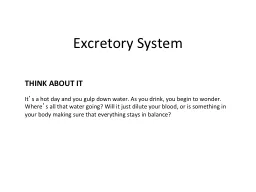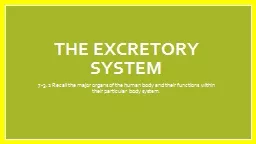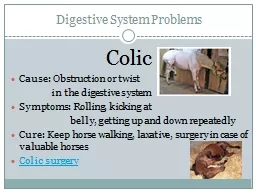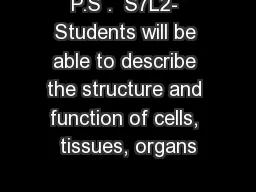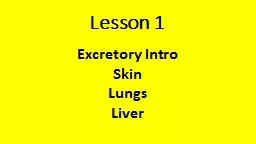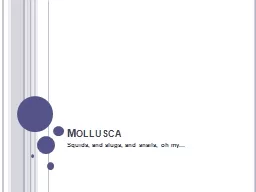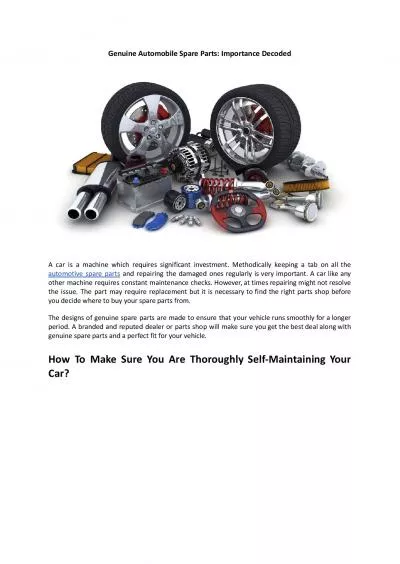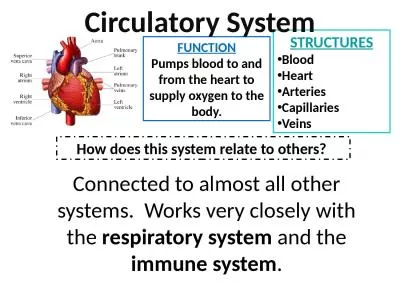PPT-Excretory System Function and Parts
Author : piper | Published Date : 2023-12-30
Why is excretion necessary In order for cells to stay alive they must continually intake water and other molecules The cells would continue to get bigger and bigger
Presentation Embed Code
Download Presentation
Download Presentation The PPT/PDF document "Excretory System Function and Parts" is the property of its rightful owner. Permission is granted to download and print the materials on this website for personal, non-commercial use only, and to display it on your personal computer provided you do not modify the materials and that you retain all copyright notices contained in the materials. By downloading content from our website, you accept the terms of this agreement.
Excretory System Function and Parts: Transcript
Download Rules Of Document
"Excretory System Function and Parts"The content belongs to its owner. You may download and print it for personal use, without modification, and keep all copyright notices. By downloading, you agree to these terms.
Related Documents



